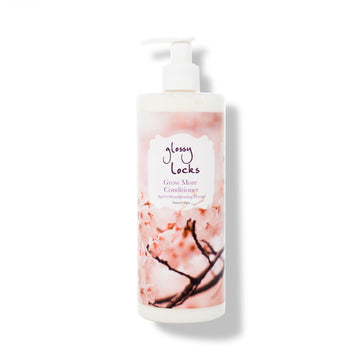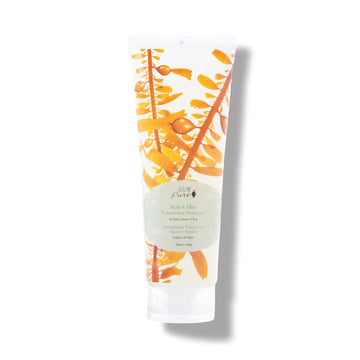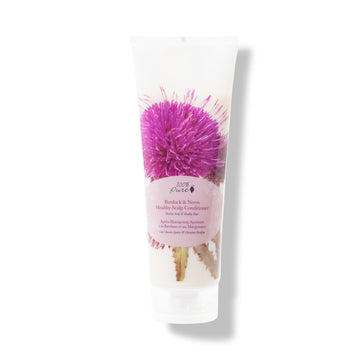Essential oils for hair growth: exploring essential oils good for hair
Written by: 100% PURE ®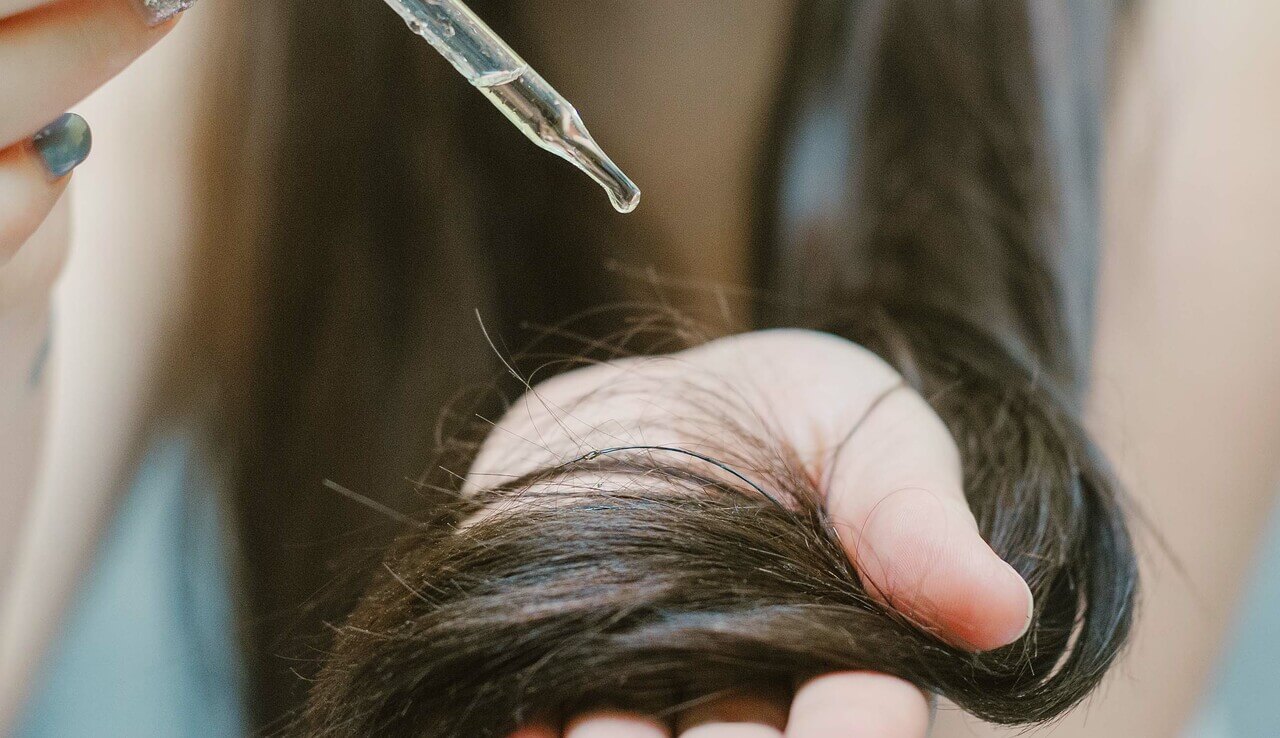
Whether it’s a bad set of quarantine bangs, transitioning color, or recovering damage, we’ve all been there when we’re waiting for our hair to grow. While the most common ways to enhance hair growth are good hydration, vitamins, and extra hair TLC, some of us have started some interesting DIY methods to get the long, luscious locks of our dreams.
A few viral posts on essential oils for hair growth have us looking into the facts. Are essential oils really that good for hair? And if so, which are the best for hair growth or overall health?
Unless we’re really paying attention, hair growth can happen seemingly overnight. One minute we have a fresh trim for fall, and the next we’re noticing our bangs starting to poke us in the eyes.
Hair growth starts in the scalp, which is why scalp health is so critical to healthy hair. Great blood flow carrying oxygen and nutrients helps support a budding follicle to sprout a strand, lubricated by natural oils generated within the follicle itself. The cells build on themselves from under the scalp skin to eventually create a visible – and growing – strand of hair.
Ready to be mind-blown? Each strand of hair is going through this process individually, meaning not all of our hair strands are growing at the same rate. The phase where new hair is actively developing is called Anagen.
Factors such as genetics, hair type, diet, hair care, and lifestyle can influence how much the hair can grow in length during this phase. However, the average growth rate is around half an inch per month. The hair length established in the anagen phase is what ultimately determines the overall length of our hair.
It would seem that as long as we’re living, our hair is growing, right? The actual length of the growth cycle can be anywhere from two years to six, which can explain why, at times, we feel stagnancy with our hair’s growth. Enter the Catagen phase.
We like to think of our scalp as a giant charger. Basically, the follicles take turns being plugged in. When an individual follicle goes into the catagen phase, it’s unplugging from the blood supply and nutrient network that sustains hair growth, causing the follicle to shrink. After the follicle’s fully detached, it goes into hibernation or a resting phase called Telogen.
The strands at this point are simply waiting to fall out – but not in a bad way. Telogen hair is basically dying hair, so it’s on borrowed time no matter what. On average, telogen strands are expiring on the head for 3-5 months before they’re eventually pushed off the head by new growth in the next phase called Exogen.
When the hair is fully ready to detach, it’ll start to show. This is the time when we can experience shedding, what appears to be more than “average” or maybe even an alarming amount when caring for and styling our hair.
We can’t see it yet, but a new hair strand is already starting to develop at this point – except in cases of scalp stress or certain conditions – so while shedding can be stressful, the grass is just as green on the other side!
Newsletter Subscribe
for more blog updates and exclusive discounts
Like we mentioned, shedding is totally normal. Sometimes, though, when we see a few extra strands in the shower drain or hairbrush, we can hyper-focus and assume something’s wrong.
There can be as many as 100,000 hair follicles going through different phases of this process on the scalp at any given time. It then follows that a substantial amount of hair is ready to fall off or in the process of shedding at any given moment, too. Oftentimes, we can lose 50-100 strands in the exogen phase daily.
Still, there are times – and usually, we can tell – when our rate of hair loss doesn’t seem normal. We start to notice fewer full spots or more scalp glowing through than usual. We may also start to notice an alarming amount of shedding for the first time.
This could be a sign of hair loss. There are a few normal life changes that can coincide with hair loss, and some that are diagnosable conditions, including:
-
Pregnancy, namely postpartum hair loss
-
Adjustments to certain medications
-
Damage or repetitive hair styling
-
Cancer and cancer treatments
-
Genetic predisposition
-
Male pattern baldness
-
Weight gain
-
Alopecia
-
Stress
-
Aging
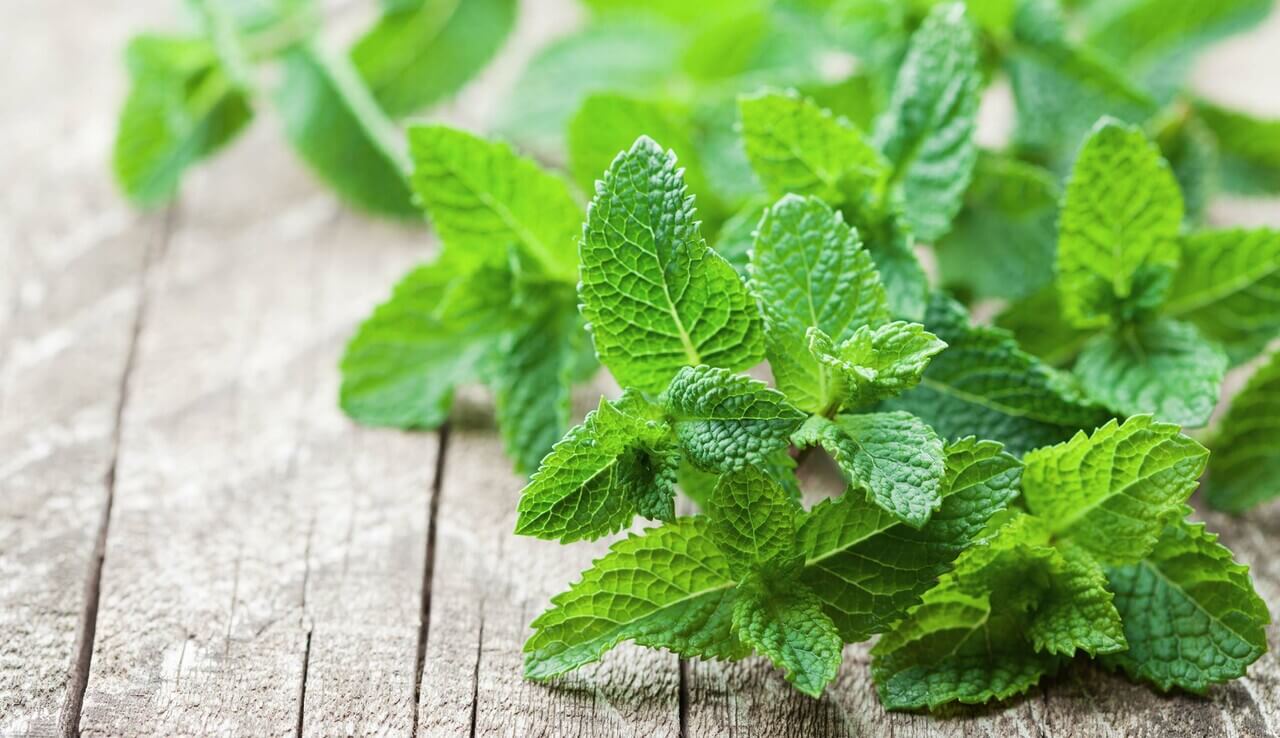
The question on everyone’s mind right now is, are essential oils good for hair? And, if so, what essential oils are good for hair – particularly combating diminished growth or enhancing the growth of new baby strands? Here are a few options to consider with essential oils for hair growth.
For a Healthier Scalp
We know that hair can’t thrive in a scalp that isn’t healthy. That’s one of the contributors to hair loss outside of our body’s natural exogen phase. Using essential oils for hydrating and conditioning the scalp can help nourish our scalp and strands while they’re in those first two phases of the hair cycle. That helps to prime the scalp with the best conditions for new hair coming in.
For Stimulating Hair Growth
There are some essential oils good for hair growth that can draw blood flow, enhancing the health of the hair or the rate of growth for faster and improved results. In this case, the influence of the essential oils for hair growth helps to support hair already in or entering a growth period.
For Nourishing the Hair
Just because the hair is growing, doesn’t always mean it is growing long, shiny, and strong. We’ll share what essential oils are good for hair health, keeping the strand strong for the best chances of it growing as long as possible.
The verdict is in, and studies do show that essential oils are good for hair growth. With that said, let’s discuss what essential oils are good for hair, and different products to use to support our strands and scalps.
For a Healthier Scalp
-
Lavender essential oil is calming and can treat active inflammation that can impact the scalp, like eczema and psoriasis. By keeping the scalp clean with a lavender-boosted hair growth shampoo and matching hydrating conditioner, we can allow hair to focus on growing and thriving (and smelling great, too).
-
Chamomile, like lavender, is one of the soothing essential oils for hair and the scalp. It also helps to add shine to our mane, while keeping the scalp lightly hydrated and at ease.
-
Tea tree oil is anti-inflammatory and antibacterial, so it helps to fight anything unwanted going on with the scalp to that end. Because it aids in a clean environment, it can support a clear hair follicle and can be considered one of the essential oils for hair growth as well.
For Stimulating Hair Growth
-
Rosemary oil has gone viral as one of the essential oils for hair growth lately. It helps with drawing oxygen and blood flow for hair growth and a conditioned scalp. Adding this to a hair care regimen via treatment, shampoo, or conditioner is likely to support faster hair growth results.
-
Peppermint is stimulating in that it helps to draw blood flow to the area. When applied to the scalp via treatment or with a peppermint-infused shampoo and conditioner, for example, it can help to stimulate improved or increased hair growth, shine, and volume.
-
Cedarwood essential oil is also one of the best essential oils for hair growth because it stimulates the scalp by creating balance and fighting bacteria.
For Nourishing the Hair
-
Ylang-ylang is floral, fragrant, and a hair hydration delicacy. It supports improved shine, conditioning, and a balanced scalp to prevent breakage or dryness.
-
Sandalwood smells lovely as well, but also helps to bring hydration all the way to hair tips to help avoid additional stress on the scalp.
-
Almond oil keeps the scalp environment well-fed with moisture for optimal hair growth.
Looking for additional natural hair loss treatments? Check out our guide to the subject here!
- Tags: Bath Body Hair, December-2021, Ingredients
We carefully hand-select products based on strict purity standards, and only recommend products we feel meet this criteria. 100% PURE™ may earn a small commission for products purchased through affiliate links.
The information in this article is for educational use, and not intended to substitute professional medical advice, diagnosis, or treatment and should not be used as such.














